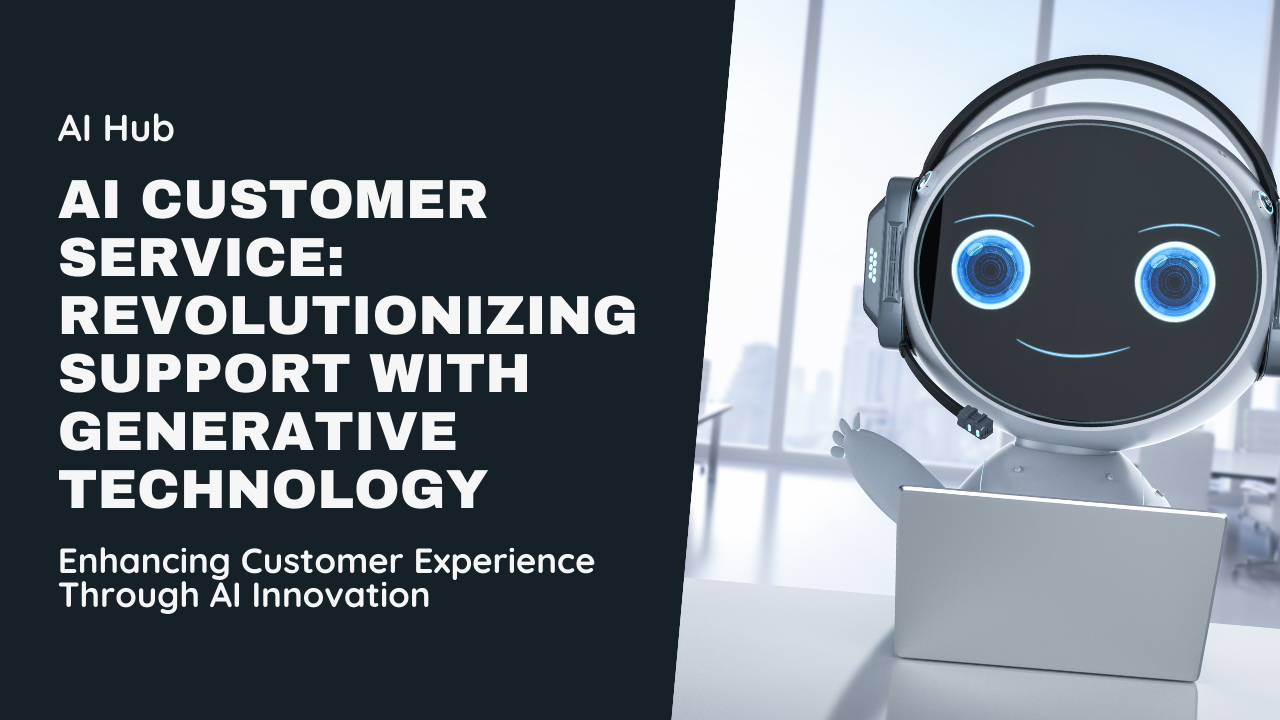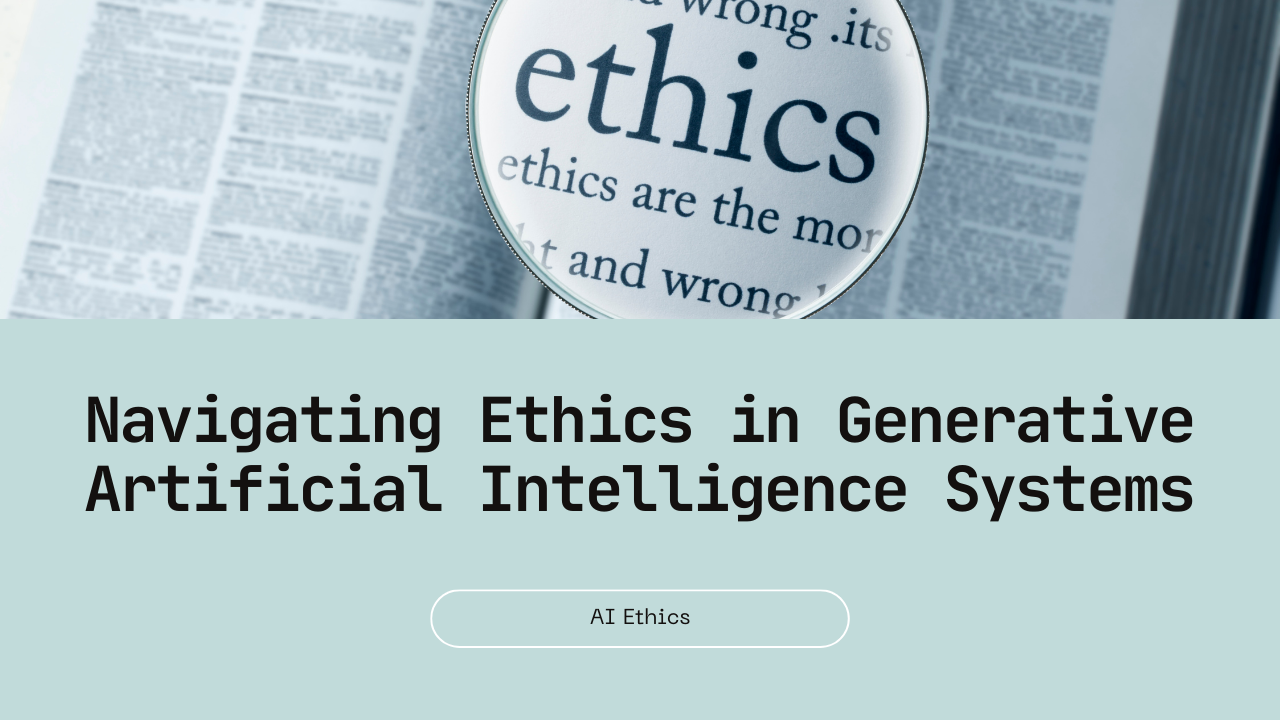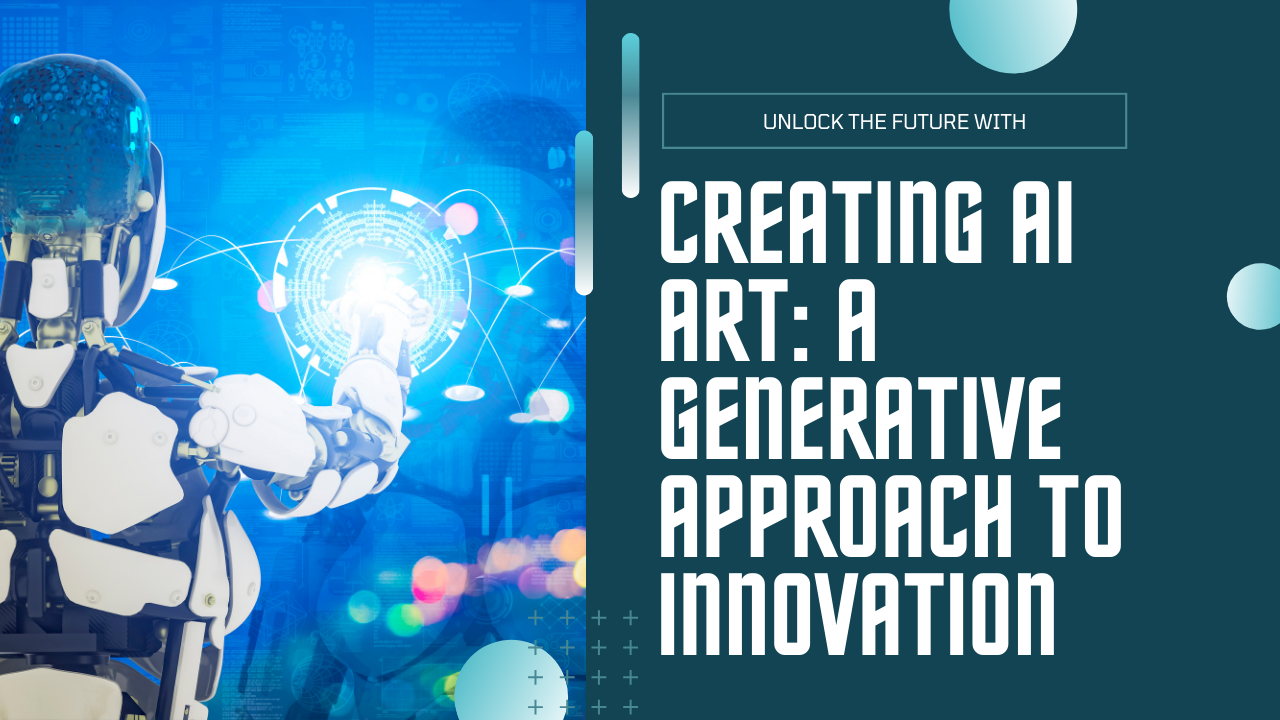In the fast-paced realm of technology, Generative AI emerges as a transformative tool for businesses looking to innovate, automate, and enhance customer experiences. This blog explores practical steps and considerations for effectively implementing Generative AI within your organization, unlocking its potential to drive growth and competitive advantage.
Understanding Generative AI
Generative AI represents a subset of artificial intelligence that focuses on generating new content, designs, or solutions autonomously. Unlike traditional AI, which operates based on predefined rules and structured data, Generative AI leverages advanced machine learning techniques like Generative Adversarial Networks (GANs) and Transformers to simulate human creativity and problem-solving capabilities.
GANs are instrumental in tasks such as image generation and creative design by employing two neural networks: a generator and a discriminator. The generator generates new content, while the discriminator evaluates its authenticity, leading to iterative improvements and increasingly realistic outputs.
Transformers, on the other hand, excel in natural language processing (NLP) tasks, facilitating tasks such as text generation, language translation, and chatbot interactions. Their ability to process words in parallel allows for contextually accurate and fluent text generation, revolutionizing customer service and content creation.
Steps to Implement Generative AI in Your Business
Implementing Generative AI involves careful planning, strategic integration, and a clear understanding of your business objectives. Here’s a step-by-step guide to help you get started:
Step 1: Assess Business Needs and Objectives
Begin by identifying specific pain points, challenges, or opportunities where Generative AI can add value to your business. This could range from automating repetitive tasks to enhancing product innovation or improving customer engagement through personalized experiences.
Step 2: Identify Suitable Use Cases
Once you’ve defined your objectives, explore potential use cases where Generative AI can be applied effectively. Consider areas such as:
- Content Generation: Automate the creation of blog posts, social media content, product descriptions, and marketing campaigns.
- Product Design: Use AI-generated designs to iterate and optimize product prototypes based on customer feedback and market trends.
- Customer Interaction: Implement AI-powered chatbots or virtual assistants to handle customer inquiries, provide personalized recommendations, and streamline support processes.
Step 3: Data Preparation and Model Selection
Prepare and curate high-quality data sets relevant to your chosen use cases. Data quality and diversity are critical for training Generative AI models effectively. Depending on your specific requirements, select appropriate AI frameworks or pre-trained models (e.g., GPT-3, BERT) that align with your business goals and technical capabilities.
Step 4: Collaborate with AI Experts
Partner with AI experts or consultants, such as Sodio Technologies, to customize and deploy Generative AI solutions tailored to your business needs. Collaborative efforts ensure alignment with industry best practices, regulatory compliance, and optimal performance of AI applications.
Step 5: Pilot Testing and Evaluation
Conduct pilot tests or proof-of-concept trials to validate the efficacy and feasibility of Generative AI implementations. Evaluate performance metrics, user feedback, and ROI (Return on Investment) to refine and iterate AI models before full-scale deployment.
Step 6: Integration and Deployment
Integrate Generative AI solutions seamlessly into your existing infrastructure and workflows. Ensure compatibility with other systems and technologies to maximize operational efficiency and scalability. Train relevant staff members to leverage AI tools effectively and monitor their performance over time.
Benefits of Implementing Generative AI
Implementing Generative AI offers several compelling benefits for businesses:
- Enhanced Efficiency: Automate repetitive tasks, accelerate decision-making processes, and optimize resource allocation.
- Innovation Acceleration: Foster creativity and innovation through AI-generated designs, content, and personalized customer experiences.
- Improved Customer Engagement: Provide timely, personalized interactions and recommendations based on predictive analytics and user preferences.
- Cost Savings: Reduce operational costs associated with manual labor, errors, and inefficiencies through AI-driven automation.
Considerations and Challenges
While Generative AI presents significant opportunities, it also entails considerations such as data privacy, ethical implications, and regulatory compliance. Ensure transparency in AI deployments, mitigate biases in training data, and prioritize user consent and data protection measures.
Future Outlook
As Generative AI continues to evolve, businesses can expect further advancements in AI capabilities, including enhanced natural language understanding, multi-modal creativity, and real-time decision-making. Embracing these innovations positions organizations at the forefront of technological advancement and market leadership.
Conclusion
Implementing Generative AI in your business represents a strategic investment in future-proofing operations, driving innovation, and delivering exceptional customer value. By following these steps and leveraging the expertise of AI specialists like Sodio Technologies, businesses can harness the transformative power of Generative AI to stay competitive in a rapidly evolving digital landscape.
For businesses ready to embark on their AI journey, Sodio Technologies offers tailored solutions and expert guidance to unlock the full potential of Generative AI and achieve sustainable growth in today’s dynamic market environment.
3.5







